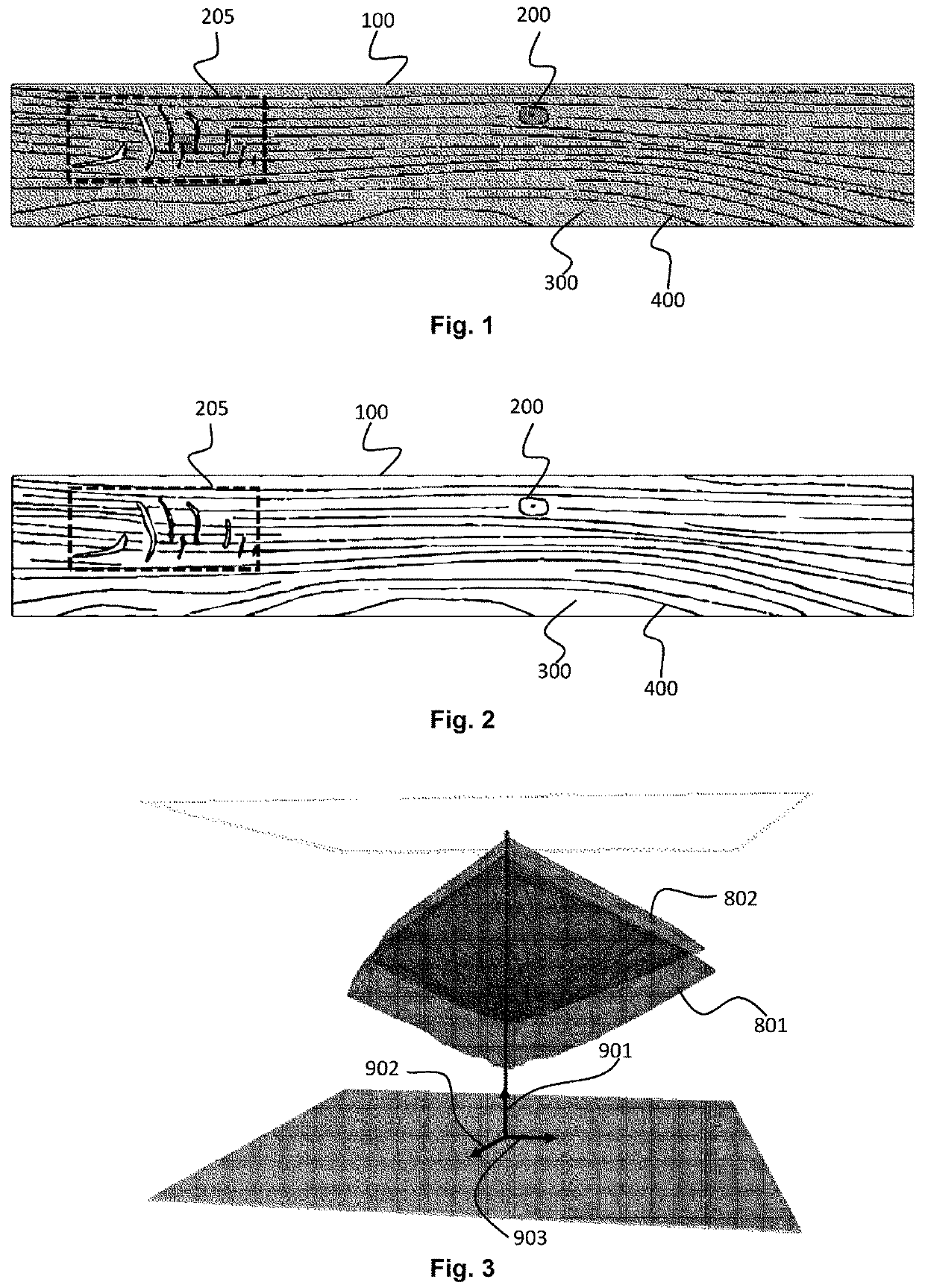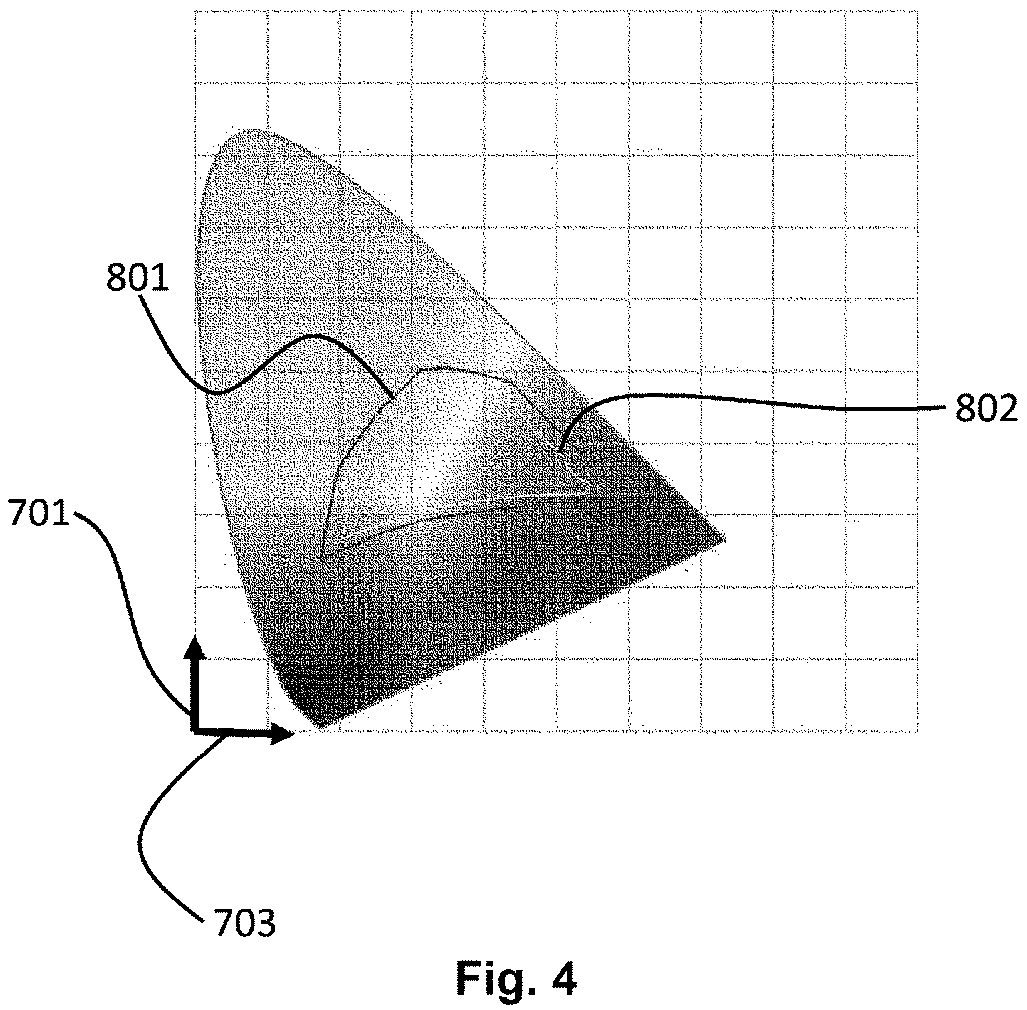Method of manufacturing decorative surfaces
a technology of decorative surfaces and manufacturing methods, applied in the field of decorative panels, can solve the problems of clogging of the nozzle in the inkjet print head unit, affecting the quality of the inkjet print, so as to delay the production time of rendering wood patterns
- Summary
- Abstract
- Description
- Claims
- Application Information
AI Technical Summary
Benefits of technology
Problems solved by technology
Method used
Image
Examples
Embodiment Construction
[0053]The substrate may be a paper and the other substrate a wood-based layer for decorative laminates, as decorative surfaces, wherein the manufacturing comprises an additional step before and / or after rendering:[0054]impregnating the paper by a thermosetting resin.
[0055]Thermosetting resin is preferably selected from the group consisting of melamine-formaldehyde based resins, ureum-formaldehyde based resins and phenol-formaldehyde based resins.
[0056]The substrate may comprise an inkjet-receiving layer, which preferably contains an inorganic pigment P and a polymeric binder B; and more preferably, wherein the pigment P is selected from the group consisting of alumina hydrates, aluminum oxides, aluminum hydroxides, aluminum silicates, and silicas. The wood pattern is than rendered on the inkjet-receiving layer. This inkjet-receiving layer is to prevent that the color strength of the wood pattern is not reduced due to the absorbing of the jetted inks in the substrate. The inkjet-rece...
PUM
| Property | Measurement | Unit |
|---|---|---|
| temperature | aaaaa | aaaaa |
| total volume | aaaaa | aaaaa |
| total volume | aaaaa | aaaaa |
Abstract
Description
Claims
Application Information
 Login to View More
Login to View More - R&D
- Intellectual Property
- Life Sciences
- Materials
- Tech Scout
- Unparalleled Data Quality
- Higher Quality Content
- 60% Fewer Hallucinations
Browse by: Latest US Patents, China's latest patents, Technical Efficacy Thesaurus, Application Domain, Technology Topic, Popular Technical Reports.
© 2025 PatSnap. All rights reserved.Legal|Privacy policy|Modern Slavery Act Transparency Statement|Sitemap|About US| Contact US: help@patsnap.com


